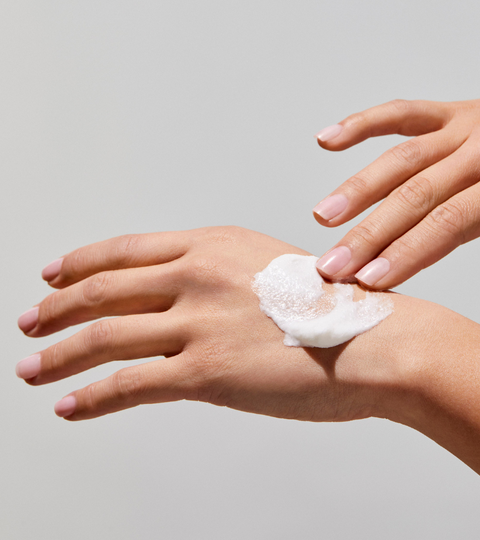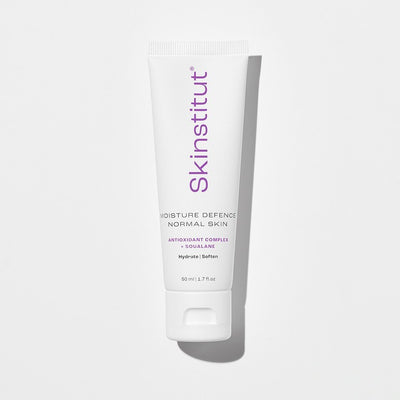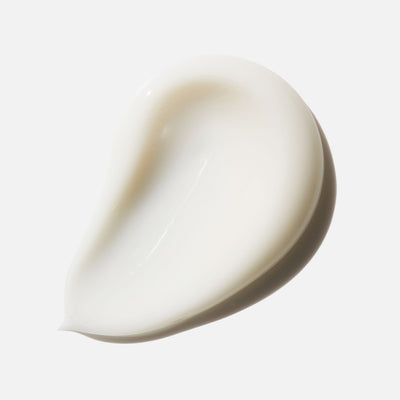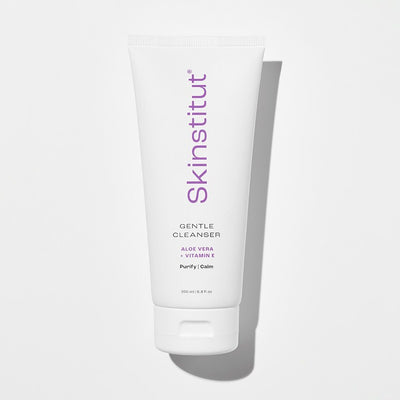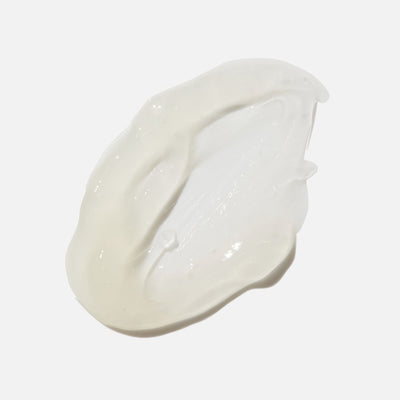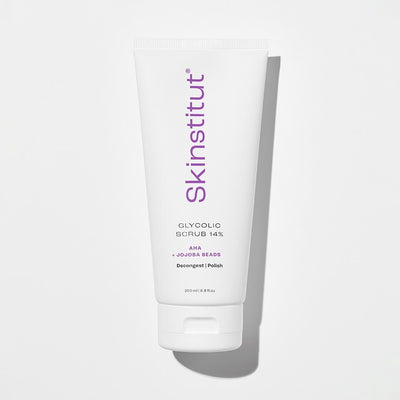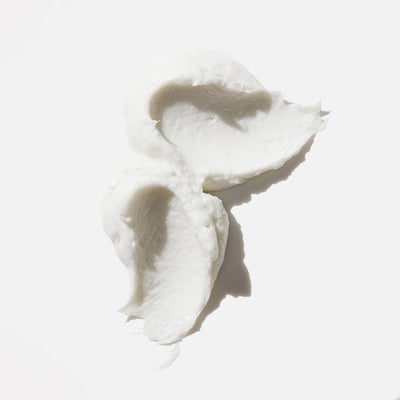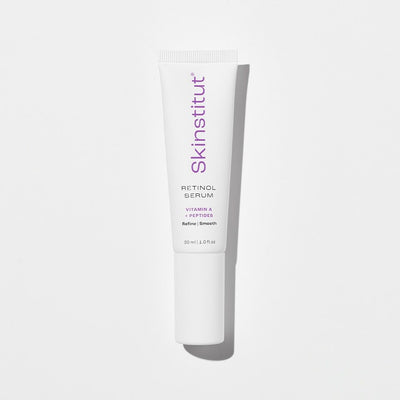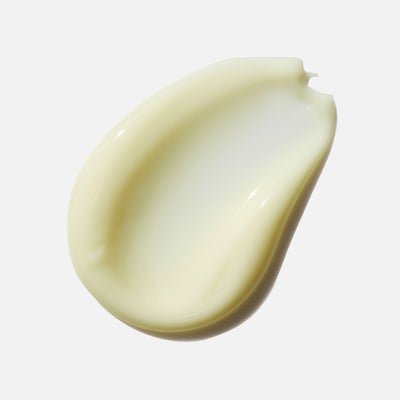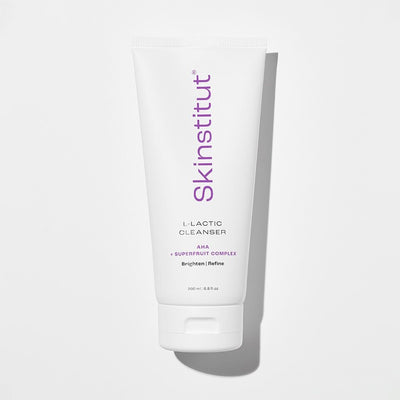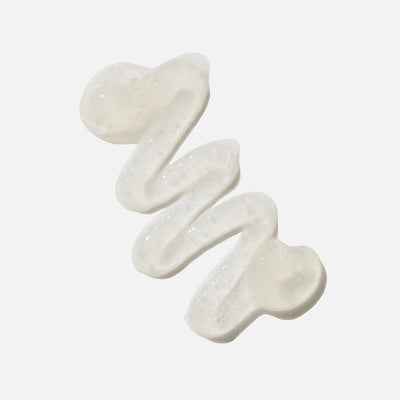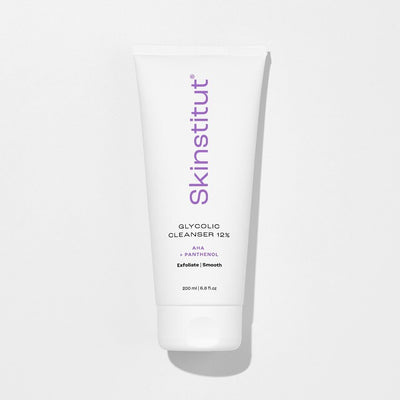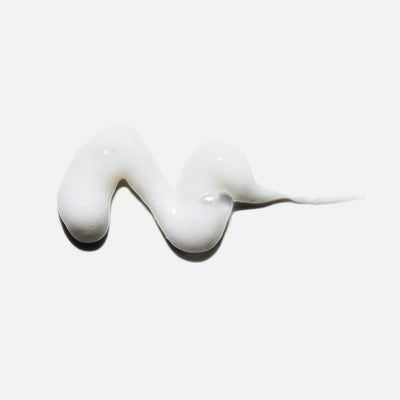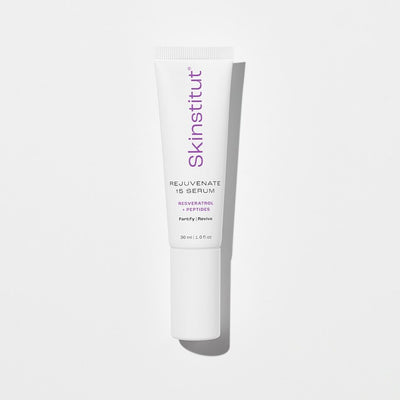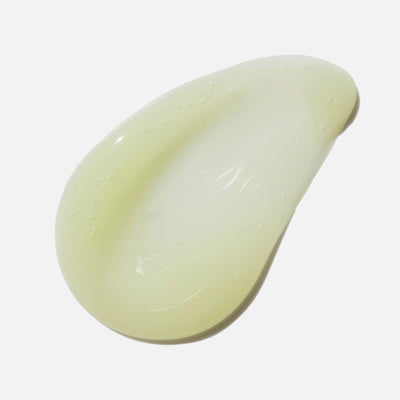Exfoliation is an important part of any skincare routine as it helps to remove expired cells, which improves the overall health of your complexion – think smoother texture, brighter tone and improved clarity.
However, for those with sensitive skin, it can be difficult to find products and exfoliation techniques that won't irritate or cause damage. Sensitive skin is typically more delicate, making it prone to irritation, redness and inflammation. And if chronic skin conditions such as rosacea, dermatitis or acne are present, things get even more complicated.
Because exfoliation removes the upper layers of the epidermis, if it is not done carefully, it can trigger an inflammatory response, exacerbating these issues. That’s why it’s important to choose methods that are gentle but effective, and to strike the right balance between over- and under-exfoliating.
Below, we’ve listed our golden rules for exfoliating sensitive skin, with product recommendations to match.
Can I Actually Exfoliate Sensitive Skin?
Yes, absolutely. You just have to take a considered approach when exfoliating sensitive skin.
Exfoliation dissolves the glue that holds dead skin cells together, encouraging turnover, preventing congestion and improving overall glow. However, if you over-exfoliate reactive skin, an inflammatory response can be triggered.
The key is to use gentle products, load up on soothing ingredients, and find a frequency that works for your complexion.
Rule One: Know Your Exfoliant
To exfoliate effectively, it’s essential to know exactly what you’re using.
There are two basic means of exfoliation: chemical and physical.
Chemical exfoliants use ingredients like Alpha-Hydroxy Acids (AHAs) and Beta-Hydroxy Acids (BHAs) to dissolve the bonds between the cells, allowing them to be swept away. Physical exfoliants, on the other hand, use particles to physically buff them away.
While not a hard-and-fast rule, chemical exfoliants are generally considered gentler and more suitable for sensitive skin, while physical exfoliants are better suited to those with normal to oily skin.
Rule Two: Dial Back The Frequency
Over-exfoliating sensitive skin is a recipe for disaster. If you constantly scrub your face, or apply too many acids, you’ll compromise your skin’s barrier, leaving it vulnerable to damage and making it more difficult for your complexion to repair itself.
If you’re using a dedicated exfoliant, keep the frequency to once or twice a week. Gentle wash-off options (such as an exfoliating cleanser) can be used more frequently – think: every evening, or every second day.
This is case by case, though, so pay attention to cues like redness and warmth post-application. You’ll know quickly if you’ve overdone it – give your skin a week to recover, and focus on hydration and nourishment instead.
Rule Three: Use A Wash-Off Formula
One of the gentlest ways to exfoliate stressed-out skin is to use an exfoliating cleanser. Because it isn’t on the skin for very long and is rinsed off, you avoid the risk of overdoing it.
L-Lactic Cleanser contains Lactic Acid, an Alpha-Hydroxy Acid that works to smooth and brighten. Lactic Acid is also a larger molecular size than Glycolic Acid, meaning it doesn’t penetrate as deeply, minimising the incidence of irritation. It’s hydrating as well, so will leave the face soft, comfortable and refreshed.
Try: L-Lactic Cleanser
Rule Four: Try Gentle Enzymes
If you can tolerate leaving a product on your skin , reach for an enzyme formulation. They work exclusively on the surface, which means there's less potential for damage or irritation.
Enzymatic Micro Peel contains Papaya (Papain) Enzymes as well as Niacinamide to gently remove dull surface cells, and it provides anti-inflammatory benefits. It can be slept in, but for sensitive skin we suggest rinsing off after 10 to 15 minutes.
Try: Enzymatic Micro Peel
Rule Five: Follow Up With Skin Soothing Ingredients
Adding soothing ingredients into the mix will replenish and rejuvenate compromised skin at the best of times, but especially post-exfoliation.
Look for plant-based botanicals like Aloe Vera (find it in Laser Aid), barrier-repairing compounds like Ceramides and Shea Butter (found in Repair Balm), and proven actives such as Niacinamide (see 10% Niacinamide Power Serum), which specifically improve the skin’s integrity and resilience, and in turn, prevent long-term damage.
Try: Laser Aid
Try: Repair Balm
Try: 10% Niacinamide Power Serum
Want to learn more about how to maintain a cool, calm complexion? Read up on the sensitive skin triggers here. You can also explore the entire Calming range here.


